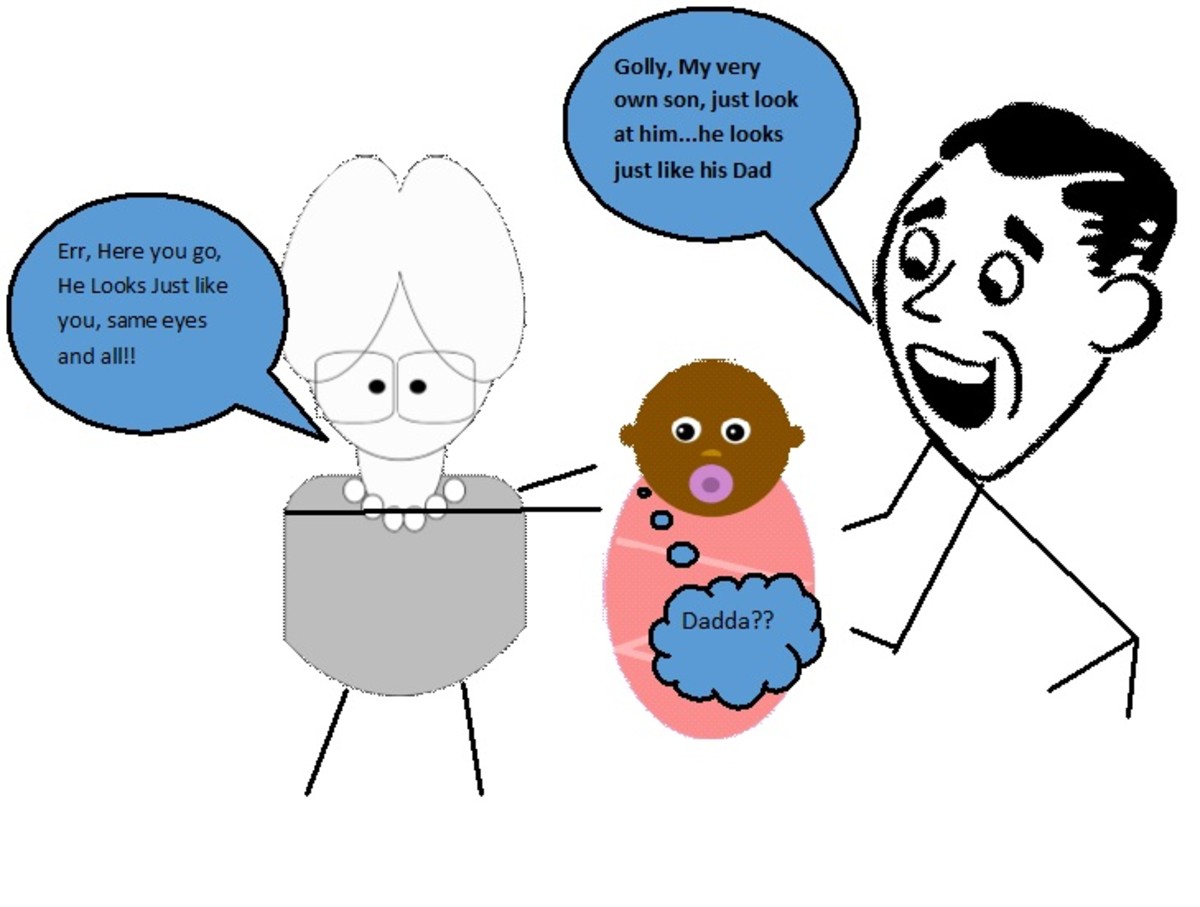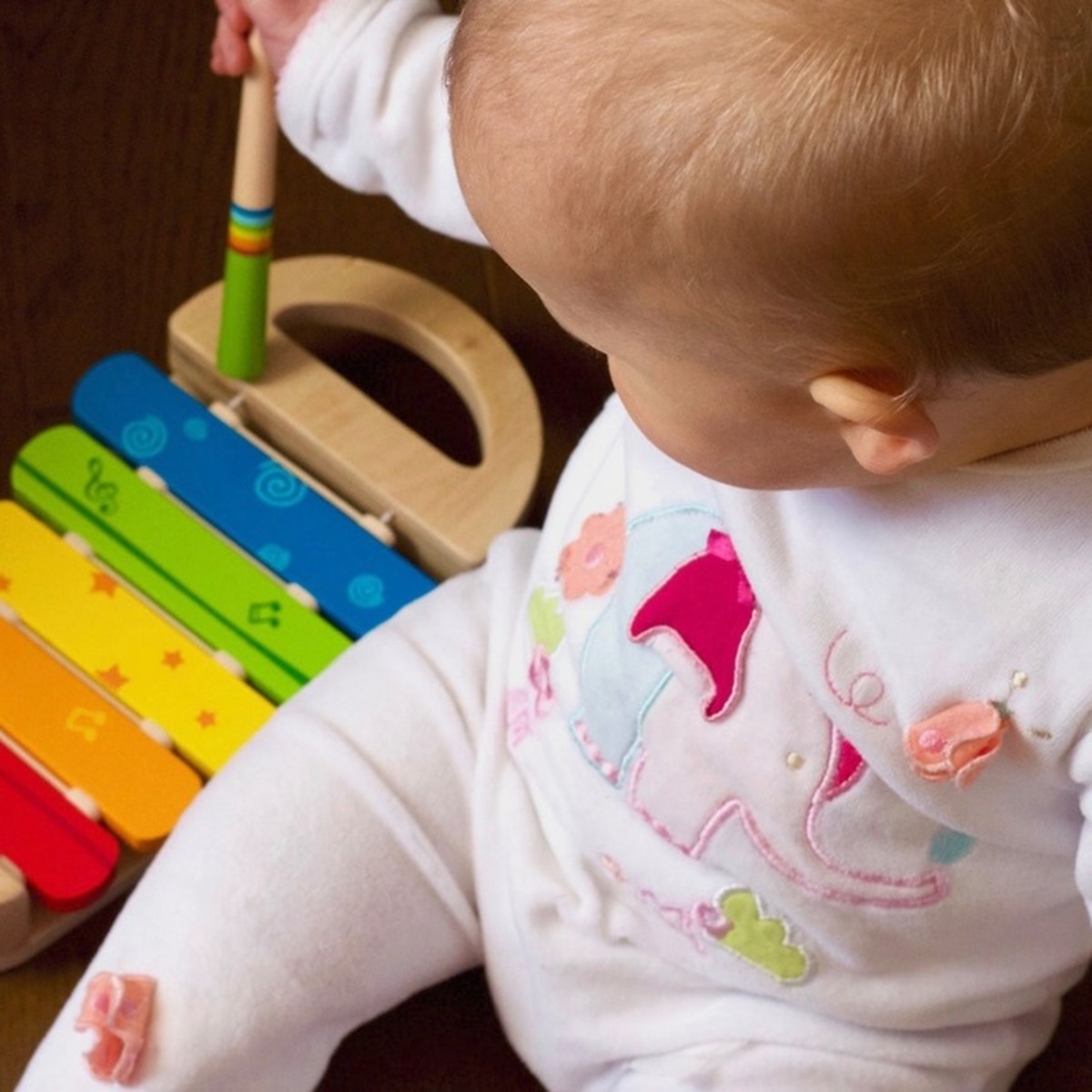Looking After a New Baby: An A-Z Guide
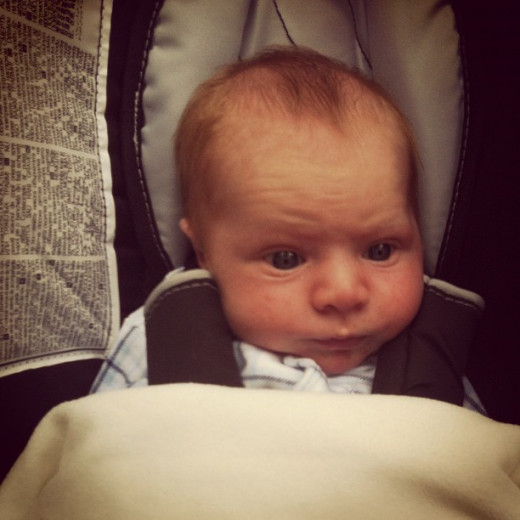
Parent Training!
The first few weeks of your new baby's life will be the most intensive on-the-job training you will ever experience. Your life suddenly goes from being laid back, relaxed and adult-oriented to every activity (no matter how small) revolving around your new bundle of joy.
A is for Antenatal Classes
Perhaps a little late if you are reading this with a newborn in your lap...but still. Antenatal classes are vital to open your eyes to the new life that lies in wait. The best of these tell you what to expect in labour, during breastfeeding, diaper changes and even the first few weeks of your baby's life. Invaluable.
- NCT | The UK's largest charity for parents.
The NCT is UK's biggest parenting charity. Every year we support thousands of mums and dads from all backgrounds, providing information, counselling and more.
B is for Bonding
Bonding is so important, for both Mums and Dads. The best way you can bond with your baby, particularly in the early months, is through skin-to-skin contact. Get your shirt off and cuddle your child. The warmth of your skin releases hormones for both you and baby, and also regulates baby's breathing. Spend time talking, babbling, pulling faces and bouncing your baby to develop your bond.
C is for Crying...and crying...and crying
Baby's cry. It is a fact of life. Over time you will learn to distinguish your baby's cry when they are hungry and when they are wet or tired. Always remember, babies cry because they need something, not just to annoy you. Repeat this to yourself at 4am.
D is for Drool
Babies dribble...a lot. This can get quite annoying as babies can soak a new outfit in less than an hour. This is perfectly natural and not a cause for concern. Let babies dribble and drool over their things. You don't have to meticulously wipe up after them with anti-bacterial wipes every 4 minutes.
E is for Equipment
The first question that crosses a parent-to-be's mind is usually: What do I need for my new baby? You can spend a fortune on equipment for babies, but you don't have to. If you limit yourself to the essentials only, shop around, and buy used where possible, your shopping list can be a lot cheaper.
F is for Formula
Breast is best! You really should persevere with breast feeding - we did and it was torturous. It was 3 days before he fed from the breast, and 2 more weeks before he did so with any ease. 7 weeks passed before everything was comfortable for both my wife and my son. It may not be easy, but it is definitely best.
If you are determined to bottle feed, or have to for medically-sound reasons, remember that it is not as easy as just mixing powder with water. New medical guidelines state you should make a single feed at a time, and not more than 2 hours before it is to be used. Follow instructions on your formula packaging carefully, and invest in anti-colic bottles! It will save your sanity.
Formula-fed babies often go longer between feeds than breast-fed babies...but they have much smellier poo!
G is for Going Away
It is difficult. You are going to need a reasonable size car with four doors (we tried in my tiny 2 door super mini...it doesn't work). The amount of stuff you need to take with you is shocking - particularly seeing as they are so tiny.
If you are visiting baby's grandparents then it may be worth having a few pieces at theirs - a duplicate cot and bouncy chair saves you a lot of space.
You will probably need:
- car seat
- something to sleep in
- pushchair/buggy
- at least double the number of outfits you think
- at least three times the number of nappies/diapers you think
H is for Health Checks
Both Mum and Baby will have regular health checks in the weeks after the birth. In the UK:
- Baby has a heel-prick test at 5 days
- Baby is from midwife-led care to health visitor-led care at 10 days
- Baby is weighed every 7-14 days
- Mum will have a medical check at day 2 and day 10 from the midwives
- Mum will have a medical check from a nurse or doctor at 6 weeks.
Vaccination Checklist (UK)
- Vaccinations guide
Find out which vaccinations are offered on the NHS, the age you should ideally have them, and optional vaccinations for special risk groups.
I is for Injections
Despite best efforts, only 80% of the children in the UK have their full set of immunisations. It is vital that your child receives all of their immunisations and vaccinations on time. If they aren't injected, they aren't protected. Early injections your baby can expect include:
- Vitamin K - at birth, to aid with blood clotting
- 5-in-1-vaccination - protects whooping cough, polio, tetanus, diptheria and Hib - administered at 8 weeks and again at 12 weeks.
- Meningitis C - 12 weeks
J is for Jaundice
Jaundice is a yellowing of the skin and eyes caused by the breakdown of excess red blood cells after birth. It is very common and usually requires no further treatment other than getting baby into the sun. In rare cases, babies can be given phototherapy, where they are placed under UV lamps to break down the bilirubin that causes the yellowing.
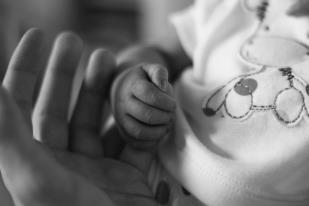
K is for Keepsakes
Your little one will grow so quickly it is important to keep those memories in any way you can. Photos are the obvious choice, but you should make an effort to get these printed out into things like albums - it would be a terrible shame if these hundreds of photos just sat on a computer for the next 20 years.
Other great ideas for keepsakes include:
- Footprints (you can even get these done onto mugs, tiles or even Christmas Tree Baubles!)
- Plaster moulds of hands and feet
- Bronzing the umbilical cord
- Hospital tags
- First outfits, socks, hats etc.
Supporting Baby's Development
L is for Learning
Babies learn about the world around them from day 1, but there are plenty of things you can do to help them. Leave your sense of modesty at the door and embrace your silly side as you interact with your child as much as possible. Start reading books from early on, especially books with high-contrast pictures (babies can see these more clearly), sing nursery rhymes and play with stuffed animals.
M is for Milk
The staple diet of every baby. Breast is best and it is recommended that babies feed exclusively from the breast up to 6 months old.
N is for Nappies (Diapers)
Babies have a stunning talent for filling diapers. You should definitely stock up before baby arrives, and take advantage of any baby sales or events in your local stores. Buy in bulk and try out different brands (even non-branded) of nappies - different styles leak with different babies.
Reusable diapers are an option, but in the first few months a baby can go through as many as a dozen nappies in a single 24 hour period. Constant washing could start to grind on your patience. Some areas operate laundry and delivery services, which take the tedium out of all the washing, ensure you always have a supply of clean diapers, and are usually available at a nominal fee.
O is for Outings
It is important for your sanity, as well as baby's development, that you get out of the house from time to time. This also helps develop your child's immune system (contrary to popular belief, it is a good thing for your baby to catch colds/chicken pox/coughs early on as it builds up their immune system)
Look for parent groups, children's centres, swimming lessons, breast feeding clubs and mummy and baby groups. Anything that gets your baby exposed to other children, and you exposed to other adults!
How Do I Know if I Have Post-Natal Depression?
P is for Post-Natal Depression
Huge hormonal changes, sleepless nights, a screaming child, issues with feeding and the shock of your life suddenly changing - it is not surprising that many women develop post-natal depression (AKA post-partum depression). This is NOT just the baby blues, but a serious mental illness that must be treated by professionals.
Partners should keep a close eye on mum in the weeks and days after the birth. Mums should also know that this is NOT a sign of weakness or failure. You need to seek out other mums, parents and health professionals to help you through this.
Q is for Questions
The wider your circle, the easier it is to get your questions answered. You are bound to have dozens of questions that crop up from time to time. You can find answers from midwives, health workers, internet sites, other parents, and baby and parent groups. Never feel a question is stupid, or that you should 'just know the answer.' You should seek out the answers to these questions to make you the best parent possible
Baby Routine Video
R is for Routine
Routines can be developed from very early on. It is good for both mum and baby to have a routine, particularly before bed. It may take a few weeks to establish, but it is certainly worth it in the long run
S is for Soothing
Soothing your baby is going to take a lot of trial and error. What works for one child will not work for another. This hub looks at loads of strategies you can use to help soothe your newborn. Don't give up, keep trying until you find something that works!
T is for Teething
Babies can be born with teeth. It can take until 8 or 9 months of age. It is very individual, but usually babies start to teethe around 6 months of age. The first sign of teething is inflammed gums and reddening cheeks. They may also drool a lot and put more things into their mouths!
U is for Used vs. New
It is lovely having new things, but this can soon add up. Buying used clothes, bedroom furniture andtoys can save huge amounts of money. Groups such as the NCT in the UK have bi-monthly sales - talk to your local parent-baby group to get wind of such sales.
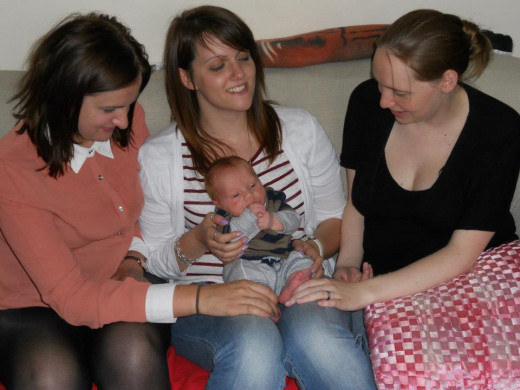
V is for Visitors
You will be inundated with visitors, particularly in the first days and weeks. It is the partners' job to ensure this does not become to overwhelming for the new mum and baby. Stipulate time frames, and how many people are welcome at one time. Stick to these and firmly ask visitors to leave when mum or baby is getting tired.
Don't feel obliged to pass your baby over. If you want a cuddle, you should have no qualms in taking your baby off of a particularly clingy aunt, uncle or grandparent. Do it with a smile and gently - any reasonable person won't mind!
W is for Weaning
Don't start solids early - weaning should not occur until a baby is at least 6 months old. This allows for certain physiological changes to occur that allow baby to get as much nutrition from solid foods as possible:
- Mashed root veg is a great place to start. There are fantastic blenders that can mush down food to a consistency appropriate for your child's age.
- Baby rice is good too - gluten must be avoided before 7 months old

